
Tags
Loading...
Select from existing tags
Ss Great Britain in Bristol harbour side 2008
The No.1 Artist's Proof was presented to the
[br]Lord Mayor of Bristol, Councillor Christopher Davies at the Mansion House, Clifton, Bristol 8, on Monday 23rd of February 2009. The proof was donated by Matthew and is now on display as part of the Mansion House's permanent collection
Isambard Kingdom Brunel commenced the building of the ss Great Britain in 1839 taking f...
- Credit:
- All rights reserved. Exhibited on USEUM with the permission of the rights owner.
More from this artist...
Loading...
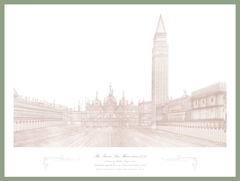



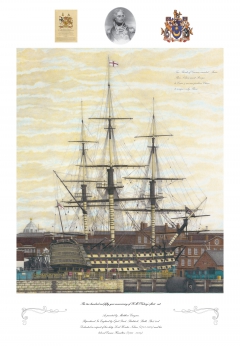
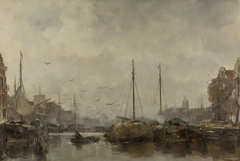


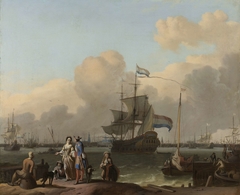
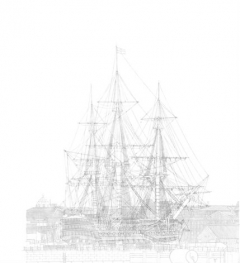
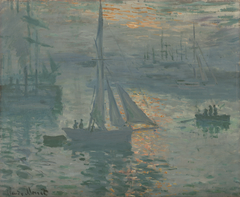
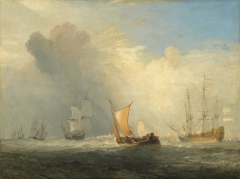


Discussion